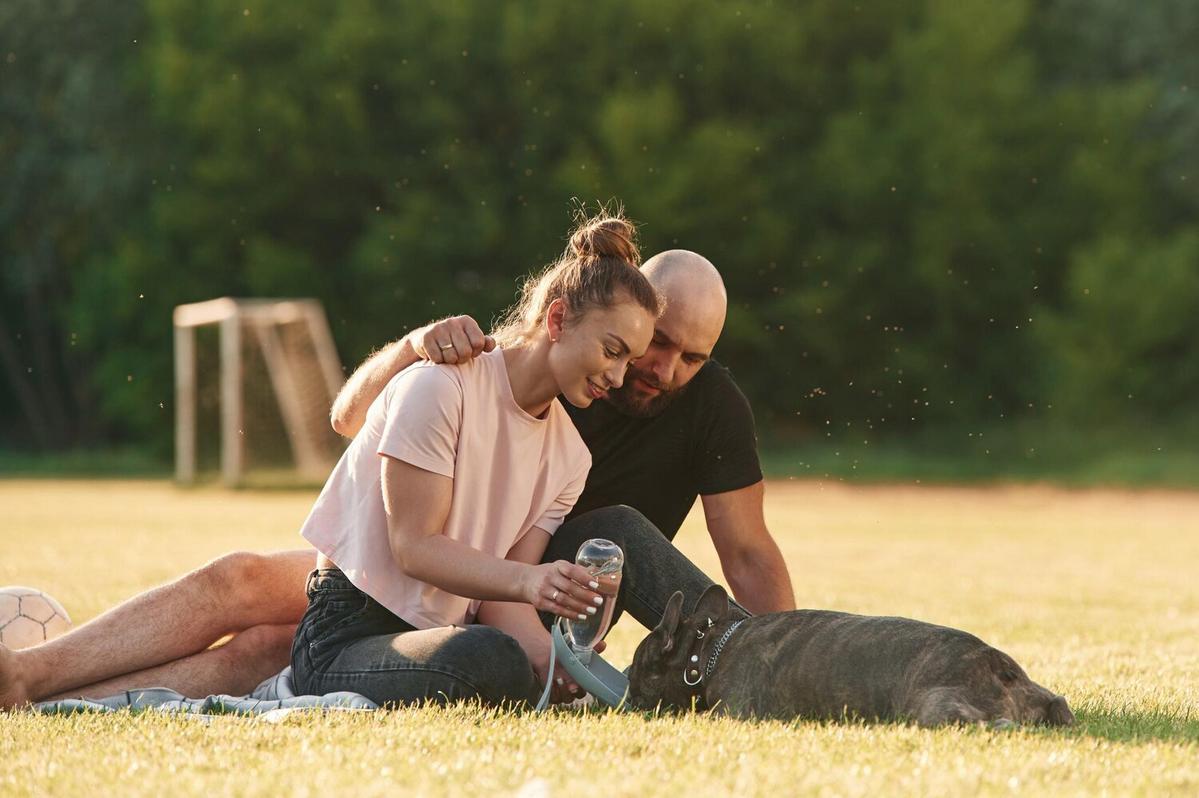Training a dog to be less aggressive is a crucial step in ensuring a harmonious relationship between pet and owner. Understanding the root causes of aggression and implementing effective training techniques can transform a challenging situation into a rewarding experience.
Understanding Canine Aggression
Aggression in dogs can stem from various sources, including fear, frustration, or territorial instincts. According to the American Veterinary Medical Association, more than 4.5 million people are bitten by dogs each year in the United States, highlighting the importance of addressing aggressive behavior early on.
Expert Insights
Dr. Sophia Yin, a renowned veterinary behaviorist, emphasizes the role of positive reinforcement and consistent training in mitigating aggressive tendencies. She suggests that understanding a dog’s body language is key to preventing and managing aggression.
Personal Experiences
Consider the story of Mike, who adopted a rescue dog named Max. Max exhibited aggressive behavior towards other dogs during walks. By employing gradual socialization techniques and rewarding calm behavior, Mike was able to significantly reduce Max’s aggression over time.
Effective Training Techniques
- Positive Reinforcement: Reward your dog with treats or praise when they display calm behavior.
- Desensitization: Gradually expose your dog to triggers in a controlled manner to reduce sensitivity.
- Consistent Commands: Use simple, consistent commands that your dog can easily understand.
Additional Resources
For more in-depth training tips, consider exploring resources from the ASPCA or the Cesar Millan’s Dog Psychology Center.
Training Comparison Table
| Technique | Description | Pros | Cons |
|---|---|---|---|
| Positive Reinforcement | Reward-based methods | Builds trust | Requires patience |
| Desensitization | Gradual exposure to triggers | Effective long-term | Time-consuming |
| Clicker Training | Uses a clicker to mark good behavior | Clear communication | Needs initial training |
| Counter-Conditioning | Associates positive experiences with triggers | Changes emotional response | Complex to implement |
| Obedience Training | Teaches basic commands | Improves control | May require professional help |
| Remote Collar Training | Uses remote collars for behavior correction | Immediate feedback | Potential for misuse |
| Pack Leader Training | Establishes you as the leader | Improves respect | Cultural differences in methodology |
| Socialization Classes | Group classes with other dogs | Improves social skills | Less control over environment |
Frequently Asked Questions
How long does it take to train a dog to be less aggressive?
The time required varies depending on the dog’s personality and the consistency of training. Some dogs may show improvement in a few weeks, while others may take months.
Can all aggressive dogs be trained?
While many dogs can benefit significantly from training, some cases require professional intervention, especially if the aggression is severe or rooted in trauma.
Should I use punishment to correct aggressive behavior?
Punishment can often exacerbate aggression. Positive reinforcement and patience are more effective strategies.
Conclusion
Training your dog to be less aggressive is a journey that requires patience, understanding, and commitment. By employing the right techniques and seeking professional help when necessary, you can foster a safer and more harmonious relationship with your canine companion. Remember, every small step taken towards reducing aggression is a step towards a happier home.




Leave a Reply